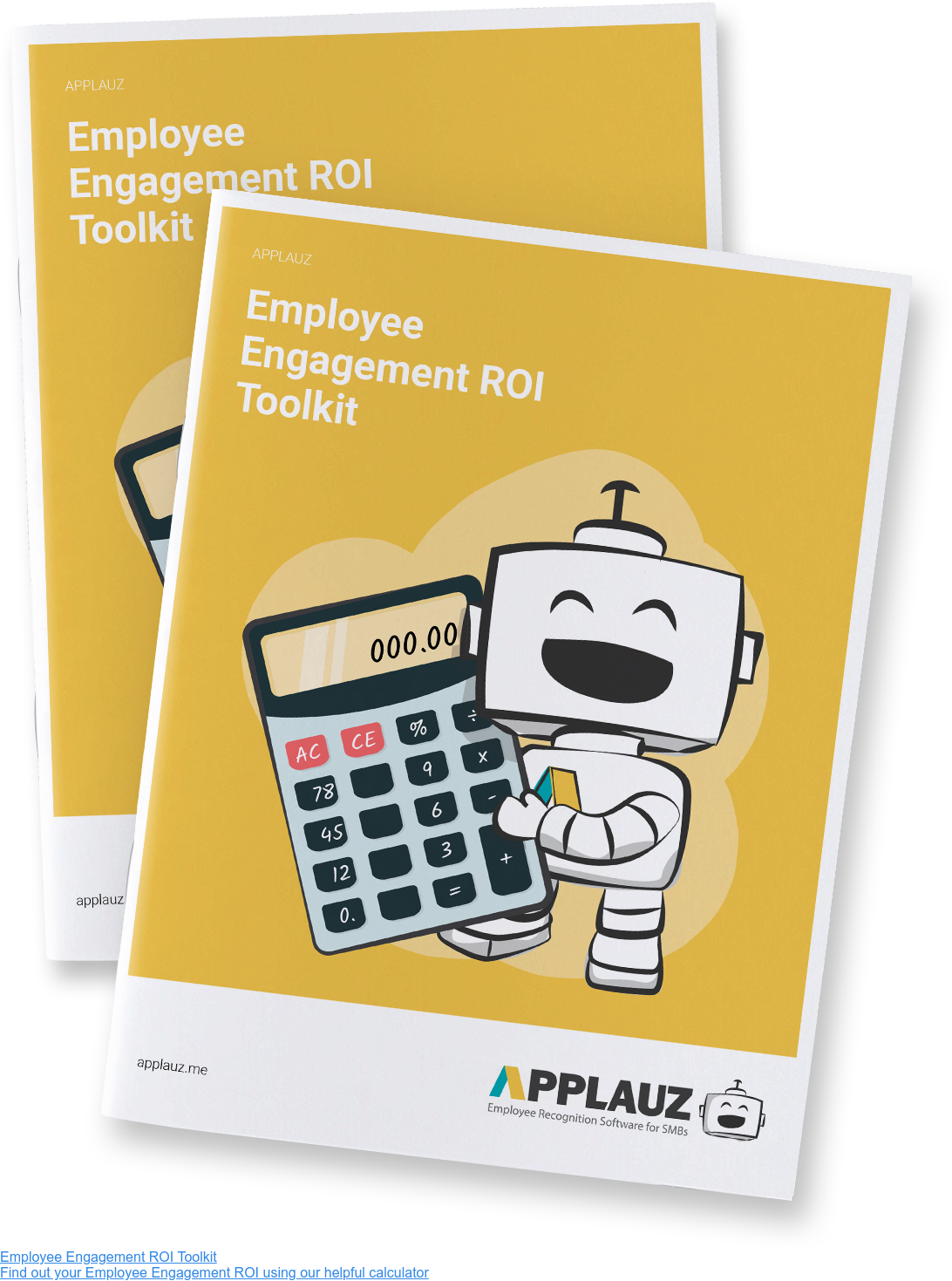As an HR professional, you're looking for a way to boost your company's morale and culture, and a recognition program seems to be the answer.
You've shopped around for different recognition programs and solutions and found some promising options for your business.
At this point, there is one major challenge – getting financial buy-in and approval from executive or senior leaders of your company.
Persuading company leadership can be tricky.
However, we are here to help and offer you some insights which can help you position a recognition program as an important investment for your company.
What C-suite will want to know
First off, let's outline some of the key questions your leadership team will definitely be asking you. This way, you can be better prepared to answer all their questions accurately.
- Why? What is wrong with the current program or status quo?
- What type of budget are you looking at?
- How will we know if it's having an impact?
- What is the return on investment?
- What metrics will you be tracking?
Prove your case
One of the first things executives will likely ask is why. Why do we need a recognition program, and why now? Essentially they will want to know what is wrong with the status quo or with the current program you have in place.
In this case, you can present the HR qualitative and quantitative metrics that suggest there is an HR issue that needs to be addressed.
Such as:
- High turnover
- Low morale
- Low employee satisfaction
- Low average tenure
Remember: Prior to investing in a solution, leaders must first be convinced that there is a problem to solve.
You'll have a stronger case if you can put a price tag on how much money the business is losing due to these problems.
So if your HR metrics suggest that employees are disengaged, it's important to remember that there is an ongoing cost to overlooking employee disengagement.
Disengaged employees are more likely to:
- Be less productive.
- Take more sick days.
- Steal from businesses.
- Have a poor attitude with customers.
- Abuse policies and company time.
- Procrastinate and deliver low-quality work.
- Lower morale on their team, affecting everyone's else productivity.
There is a high price tag for all this negative behaviour.
- According to McLean & Company, a disengaged employee costs an organization approximately $3,400 for every $10,000 in annual salary.
Not to mention the cost of employee turnover.
- It's widely known that the direct cost of replacing an employee depends on their position. Statistics show that replacing a mid-level employee can cost 20% of their annual salary. So a $55,000 per year employee can cost about $11,000 to replace.
Bottom line: overlooking disengagement is costly for businesses. Highlighting this financial loss is important when building your case for an employee engagement and recognition program.
Show the impact of recognition
Furthermore, you can offer the research and statistics to convince any skeptics. There is plenty of research demonstrating the powerful link between regular recognition and employee engagement and satisfaction.
For example:
- "Failure to recognize employee performance" is 3 times more likely than compensation to contribute to employee turnover. (MITSloan, 2022)
- The top factor employees cited as a reason for quitting was that they didn't feel valued by their organization (54 percent). (Mckinsey, 2021)
- A lack of recognition remains one of the most common reasons why employees leave an organization. And further research suggests that the more talented the employee is, the faster they leave. (Gallup, 2017)
- Employees who do not feel adequately recognized are twice as likely to say they'll quit in the next year. (Gallup, 2016)
- 37% of employees said their most desired area of company improvement was recognition. (Software Advice, 2020)
Bottom line: Employee recognition is not simply nice to have. Recognition and appreciation are key strategies for improving total employee engagement.
In turn, high employee engagement directly impacts productivity and the bottom line. In fact, engaged employees have been shown to increase a company's profitability.
In a meta-analysis of 263 research studies, employers with the most engaged employees were 22% more profitable than those with the least engaged employees. In the end, it's in any company's best interest to invest in employee appreciation and recognition.
Demonstrate the potential ROI
As we've already established, engagement isn't just an abstract HR concept, it has a proven productivity connection.
So what can businesses expect when investing in employee engagement?
In order to calculate the ROI (return on investment) of employee engagement, let's look at some validated statistics to inform our calculations.
- High employee engagement has been shown to experience a 21% increase in productivity, according to a Gallup study.
- Businesses saw a drop in absenteeism by 41% — that's employees using unearned PTOs—when employees were engaged in their work, according to a Gallup Workplace Report.
- According to a Gallup report, on average, highly engaged teams experience a 40% decrease in voluntary turnover.
The data is clear: engaged employees increase a company's profitability. When you invest time and money into creating and maintaining a robust employee recognition and rewards program, you can expect a significant return on your investment.
Describe how you will measure success
Tying everything together, your leadership will most likely want to know how will the success of this initiative be measured.
If you go back to the initial HR metrics we discussed like high turnover, low morale, low employee satisfaction, and low average tenure, these are the metrics that you should consistently track to gauge the success of your new program.
Technology can facilitate tracking these metrics, for example, using a Pulse Survey tool to monitor employee satisfaction and morale.
Final Thoughts
When seeking buy-in from company leaders, it is important to approach the program holistically. Executives want to know that this new initiative will contribute to the bottom line and generate a positive ROI.
Following the steps listed in this article is key:
- Prove your case
- Show the impact of recognition
- Demonstrate the potential ROI
- Describe how you will measure success
Ultimately, getting executive buy-in can be a tricky process, but if you follow these tactics, you’ll be in the best position to make your new program become a reality.
About the author
 Michelle Cadieux
Michelle Cadieux
Michelle is a content writer for Applauz. She holds a Bachelor's degree in Psychology from Concordia University, and she has been writing about work and employee happiness for over five years.





